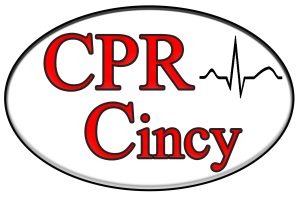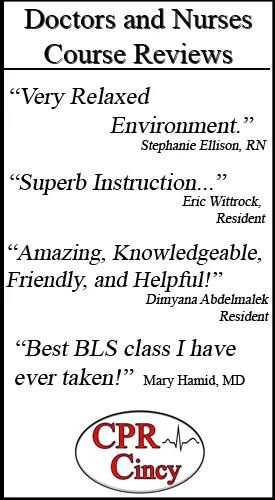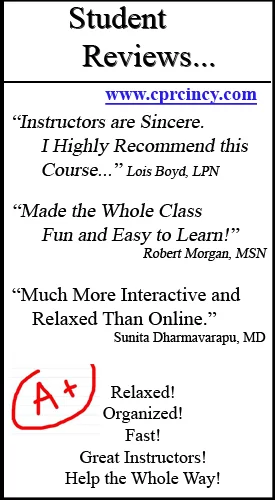Cardiopulmonary Resuscitation (CPR) is a critical emergency procedure that can mean the difference between life and death for someone experiencing cardiac arrest. Traditionally, CPR combines chest compressions with rescue breaths to maintain circulatory flow and oxygenation in the body. However, a simplified version known as Hands-Only CPR has been developed to make this life-saving technique more accessible to the general public. Hands-Only CPR focuses solely on chest compressions, eliminating the need for mouth-to-mouth breaths. This article explores the development, implementation, and benefits of Hands-on CPR, providing insights into how it works and why it is an effective method.
Background and Development of Hands-Only CPR
Traditional CPR involves a combination of chest compressions and rescue breaths. Chest compressions help maintain blood flow, while rescue breaths provide oxygen to the lungs. Despite its effectiveness, traditional CPR can be intimidating for bystanders due to the complexity of the technique and the need for mouth-to-mouth contact. These barriers often result in hesitancy and lower rates of bystander intervention during emergencies.
Hands-Only CPR emerged as a response to these challenges. The American Heart Association (AHA) introduced Hands-Only CPR to simplify the process and encourage more people to take action during cardiac emergencies. By focusing solely on chest compressions, Hands-Only CPR removes the barriers associated with rescue breaths, making it easier for bystanders to remember and perform.
The primary reason for developing Hands-Only CPR was to increase bystander intervention rates. Studies have shown that people are more likely to perform Hands-on CPR due to its simplicity and the elimination of mouth-to-mouth contact. Additionally, Hands-Only CPR addresses concerns about disease transmission and personal safety, which are common barriers to performing traditional CPR.
How to Perform Hands-Only CPR
Performing Hands-Only CPR involves a few straightforward steps. First, it is crucial to recognize the symptoms of cardiac arrest, such as sudden collapse, unresponsiveness, and lack of normal breathing. Immediate action is vital, as survival rates decrease significantly with each minute that passes without intervention.
Once cardiac arrest is recognized, ensuring scene safety is the priority. The bystander should then call emergency services (911) to ensure professional medical help is on the way. After contacting emergency services, the bystander should begin chest compressions. The correct hand placement is essential: place the heel of one hand on the center of the person’s chest, with the other hand on top, interlocking the fingers. Compressions should be performed at a depth of at least two inches and a rate of 100 to 120 compressions per minute. Consistency and rhythm are critical for maintaining effective blood flow.
Effectiveness and Benefits of Hands-Only CPR
Scientific evidence supports the effectiveness of Hands-Only CPR. Studies have shown that survival rates for cardiac arrest victims can be significantly improved with timely chest compressions. Research published by the AHA indicates that Hands-on CPR can be just as effective as traditional CPR in the first few minutes of cardiac arrest. This is because the body typically has a reserve of oxygen in the blood, and chest compressions alone can help circulate this oxygen to vital organs.
The benefits of Hands-Only CPR extend beyond its effectiveness. Its simplicity makes it easy to learn, even for those without medical training. This increases the likelihood that bystanders will intervene in emergencies, improving survival rates. Additionally, the absence of mouth-to-mouth contact reduces hesitation and fears of infection, making more people willing to assist.
Common Myths and Misconceptions
Despite its benefits, several myths and misconceptions about Hands-on CPR persist. One common misconception is that Hands-on CPR is less effective than traditional CPR. However, evidence suggests that Hands-Only CPR is highly effective, particularly in the initial minutes of cardiac arrest. Another myth is that only trained professionals should perform CPR. In reality, Hands-Only CPR is designed to be simple enough for anyone to perform, regardless of their level of training.
Public education and awareness are crucial for the widespread adoption of Hands-Only CPR. Organizations like the AHA offer various training resources, including online courses, tutorials, community workshops, and events. These programs aim to educate the public on the importance of Hands-Only CPR and provide the skills needed to perform it confidently.
Hands-Only CPR is a straightforward, effective, and life-saving technique everyone should learn. Its simplicity makes it accessible to the general public, increasing the likelihood of bystander intervention during cardiac emergencies. By understanding and practicing Hands-Only CPR, individuals can significantly impact community health and save lives. Everyone needs to take the time to learn and practice this vital skill, as it can make all the difference in an emergency.
Conclusion
Hands-Only CPR is a lifesaving technique that can dramatically increase the chances of survival for someone experiencing cardiac arrest. By following the simple steps of pushing hard and fast in the center of the chest, you can keep blood flowing until emergency medical services arrive. While Hands-Only CPR is a valuable skill, it’s essential to remember that it’s not a substitute for full CPR training, which includes rescue breaths and other critical techniques.
Don’t wait until an emergency strikes to learn this potentially lifesaving skill. Enroll in a CPR certification course today and gain the confidence to act quickly and effectively in a cardiac emergency. In Cincinnati, numerous organizations offer CPR certification courses, making it easy to find a convenient location and schedule that fits your needs. By becoming CPR certified in Cincinnati, you’ll not only equip yourself with the knowledge and skills to save lives, but you’ll also be contributing to a safer, more prepared community. Take action now and sign up for a CPR certification Cincinnati course – it could make all the difference when seconds count.





